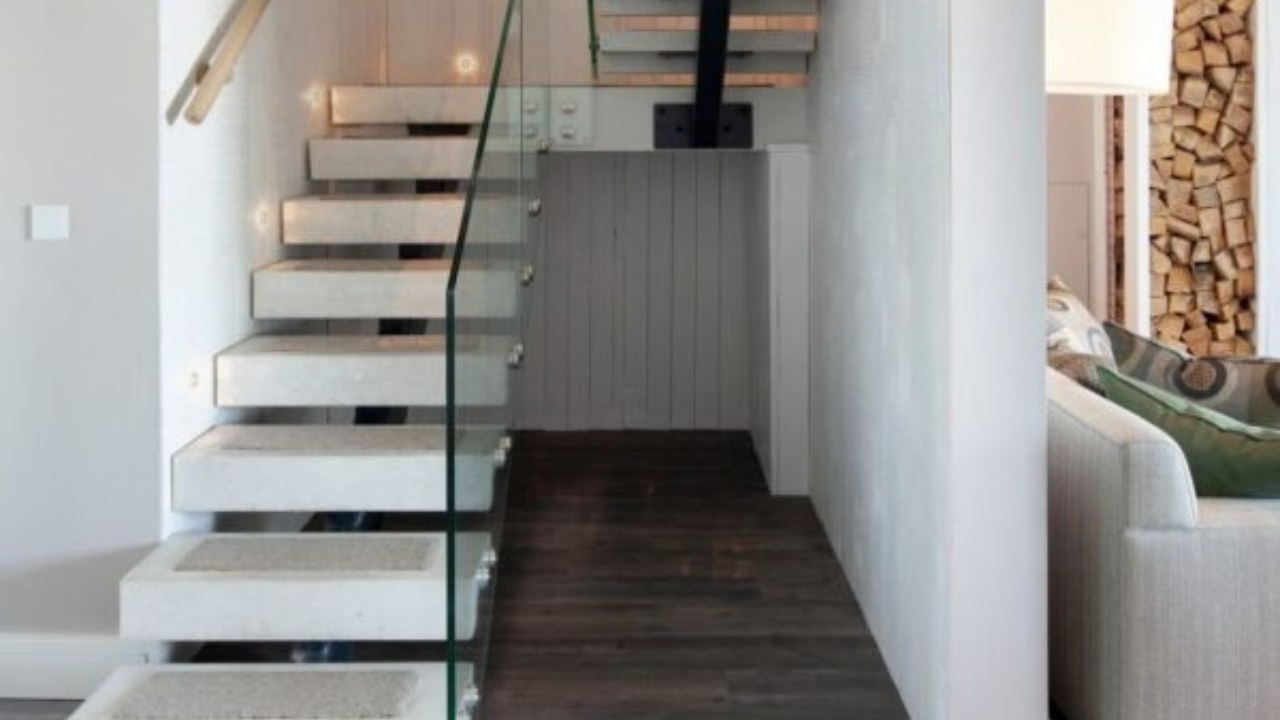Today, we are going to talk about one of the interesting innovations, smart building. With the advancement of technology, civil engineering has seen mouthful innovations in the past decade.
We will find out everything you need to know about smart buildings.
Let’s start from the definition.
What is a smart building?

- A smart building is any structure that uses automated processes, including heating, ventilation, air conditioning, lighting, safety and other systems, to automatically control the building’s operations.
- In order to gather data and handle it according to the functions and services of a company, smart buildings use sensors, actuators and microchips.
- This infrastructure helps owners, operators and facility managers increase the efficiency and performance of facilities, decreasing energy usage, maximising the use of space and mitigating the impact of buildings on the climate.
Also read: 3 d Printing buildings |Concrete Printing & Contour Crafting Methods Full Guide
In the next section, I will walk you through the process of building smart buildings.
The creation of a smart building
- Making a smart house, or making a building smart, starts by connecting sensors and control systems to core systems such as lighting, power metres, water metres, pumps, heating, fire alarms and chiller plants.
- Also elevators, access systems and shading may become a part of the system at a more advanced level.
- There is no single collection of norms that makes up what a smart building is, but convergence is what they all have in common.
- Many new buildings have “smart” technology and are connected to a smart power grid and are sensitive.
- To operate in smart buildings, you don’t even need to move offices or create a new building.
- In order for property owners to take advantage of the power available in older buildings, building automation systems such as those from Honeywell or Johnson Controls exist.
Next, we will find out the benefits of smart buildings.
Let’s come to the main features section.
The main features of smart buildings

- Systems are connected
- The most fundamental characteristic is the connection of the core systems within it.
- So, all connected are water metres, pumps, fire alarms, electricity, lighting etc.
- This is what makes “smart” a building-the capacity of the systems inside it to communicate with each other.
2. The use of sensors
- Use of sensors can help make various activities easier and effective.
- There are different types of sensors available to be used according to the purpose
3. Automation
- The systems that have been placed in place collect and interpret information, and this is done continuously and in real-time, basically.
- This continuous monitoring makes it possible to make automatic changes that can control conditions in an entire building.
4. Data
These type of buildings create a large amount of useful data about their own usage, which is something that is obviously not done by standard buildings.
Also read: Cracks in a Building |3 Types of Cracks in Building Walls Full Guide
Time to look at the benefits of a smart building.
The key benefits
- The strategies will minimise energy costs
- Increase the efficiency of the workers of the facility
- Enhance construction activities
- Encourage environmental initiatives
- Improve decision-making throughout the organization.
You have seen the different aspects of a smart building. It indeed is an innovation worth incorporating in your life. Let me know if you have any doubts in comments.
Happy learning!


One thought on “Smart Building: 4 Features Full Guide”
Comments are closed.